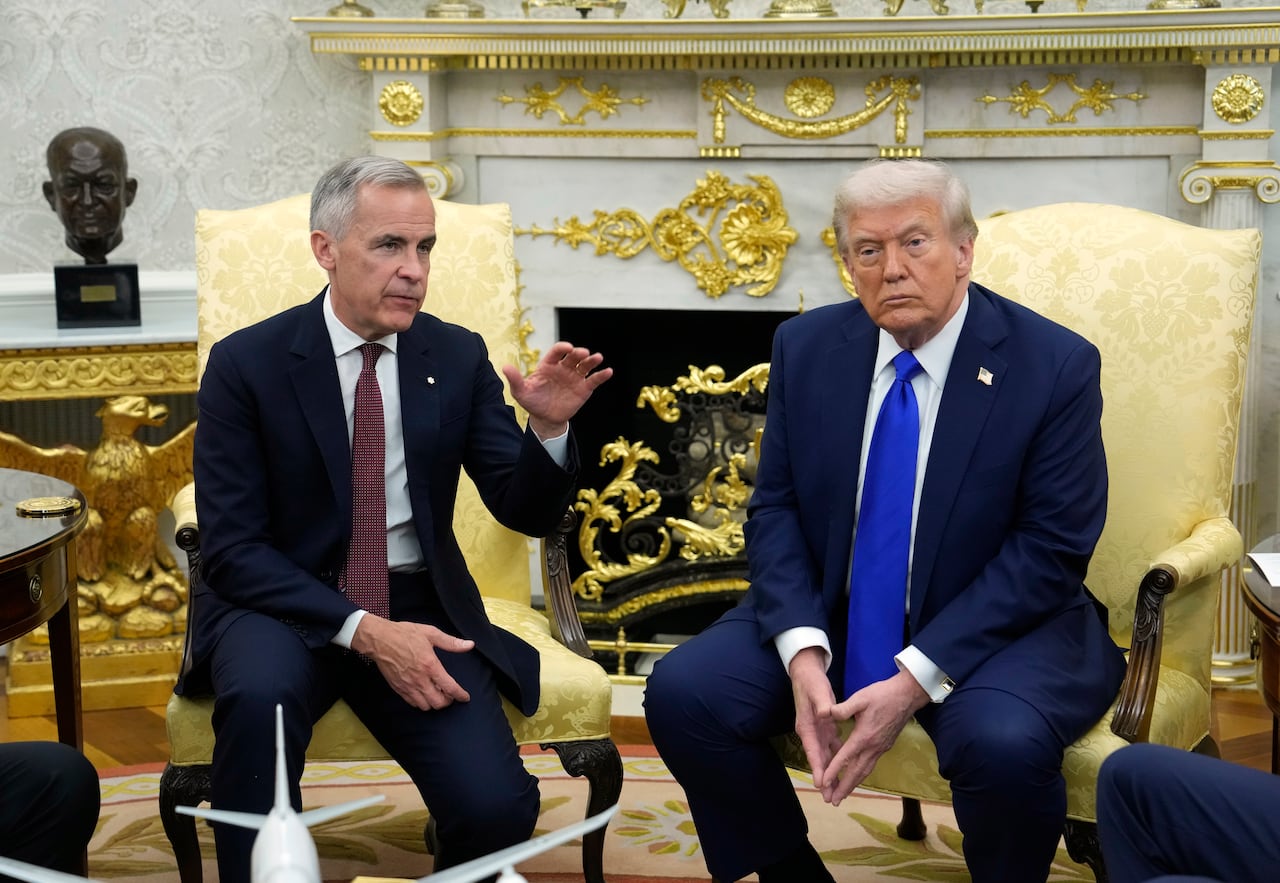By just about every measure, Canada’s economy is stuck in a ditch. Growth has sputtered. The unemployment rate is rising.
In normal times, the remedy is clear. The Bank of Canada cuts interest rates and the federal government boosts spending to help businesses and households weather the storm.
These are decidedly not normal times.
And Bank of Canada governor Tiff Macklem knows it.
“The structural damage caused by tariffs is reducing our productive capacity and adding costs. This limits the ability of monetary policy to boost demand while maintaining low inflation,” said Macklem last week.
Lowering interest rates can only do so much, he says. And in this uniquely weird moment for the Canadian economy, he says monetary policy has a limit.
“It can’t target specific sectors. It can’t target the hard hit sectors: aluminum, steel, autos. It can’t help companies find new markets. It can’t help companies reconfigure their supply chains. What it can do is it can try to mitigate the spillovers from the hard hit sectors to the rest of the economy,” he said.
The Bank of Canada made a 25-basis-point cut to its key interest rate while governor Tiff Macklem suggested rates will hold where they are as long as inflation stays in the target range of two per cent.
There’s a clear message in that statement. Not just to Canadians struggling to stay above water in these trying times. Economists say Macklem is sending an important signal to the federal government.
“The Bank seems to think it has done all it can and is now handing over the reins to the federal government to support the economy through fiscal policy,” says David-Alexandre Brassard, chief economist at the Chartered Professional Accountants of Canada.
That fiscal policy will be laid out for all to see on Tuesday.
Randall Bartlett, deputy chief economist at Desjardins says the budget itself will be truly unprecedented.
“It has been unprecedented not only in its delay, but also in its planned spending, tax cuts and savings. Deficits could rise to levels not seen in decades outside of a recession or pandemic, and the debt-to-GDP ratio is likely to be headed in the wrong direction,” wrote Bartlett in a budget preview last month.
The question of course, is whether the budget can do what the Bank of Canada cannot.
“Most definitely it can,” says Benjamin Reitzes, managing director with BMO Economics.
He says it’s clear the Bank of Canada has done what it can comfortably do. Now, he says, the focus shifts to the federal budget.
“They’re passing the baton onto the fiscal authorities, which in this case is the federal government. We will see what’s in this budget. I think there’s a lot of optimism around potential new measures to spark growth,” said Reitzes.
Sparking growth is at the heart of the matter.
Growth has been an issue for years now. Long before Donald Trump returned to the Oval Office, and before U.S. tariffs were causing so much damage, Canada struggled to draw investment and to spur economic growth.

GDP per capita fell dramatically. Between 2014 to 2022, average growth in Canada came in third lowest among OECD countries.
Above all else, Reitzes says this week’s budget is a chance to reset Canada’s economic priorities.
“It’s time to approach the economy and economic growth differently than we have over the past number of years and focus a lot more on how to expand Canada more than anything else,” said Reitzes.
So the spending itself is important. Canada has promised billions of dollars in new defence spending. It has already earmarked billions more for the Major Projects Office and the diversification of trade corridors.
But every budget is a mix of accounting and storytelling.
The numbers say one thing, the text of the document sometimes tells a different story.
Reitzes says the challenge in this week’s budget will be making sure everyone, from Canadian workers and businesses to pension funds and investors around the world, hear one clear message from the government.
“We are ready to grow the economy, we are focused on things Canadians need to have a better life and those priorities are not the same as they have been for the last 10 years,” said Reitzes.






